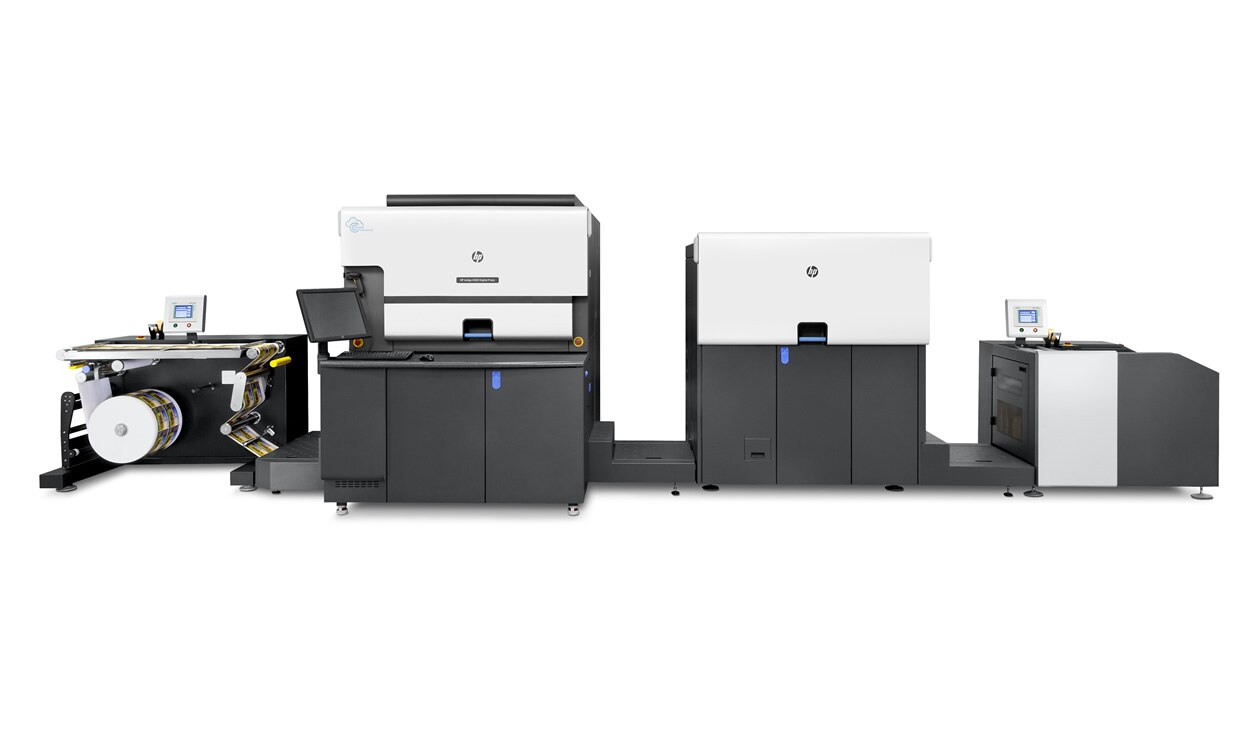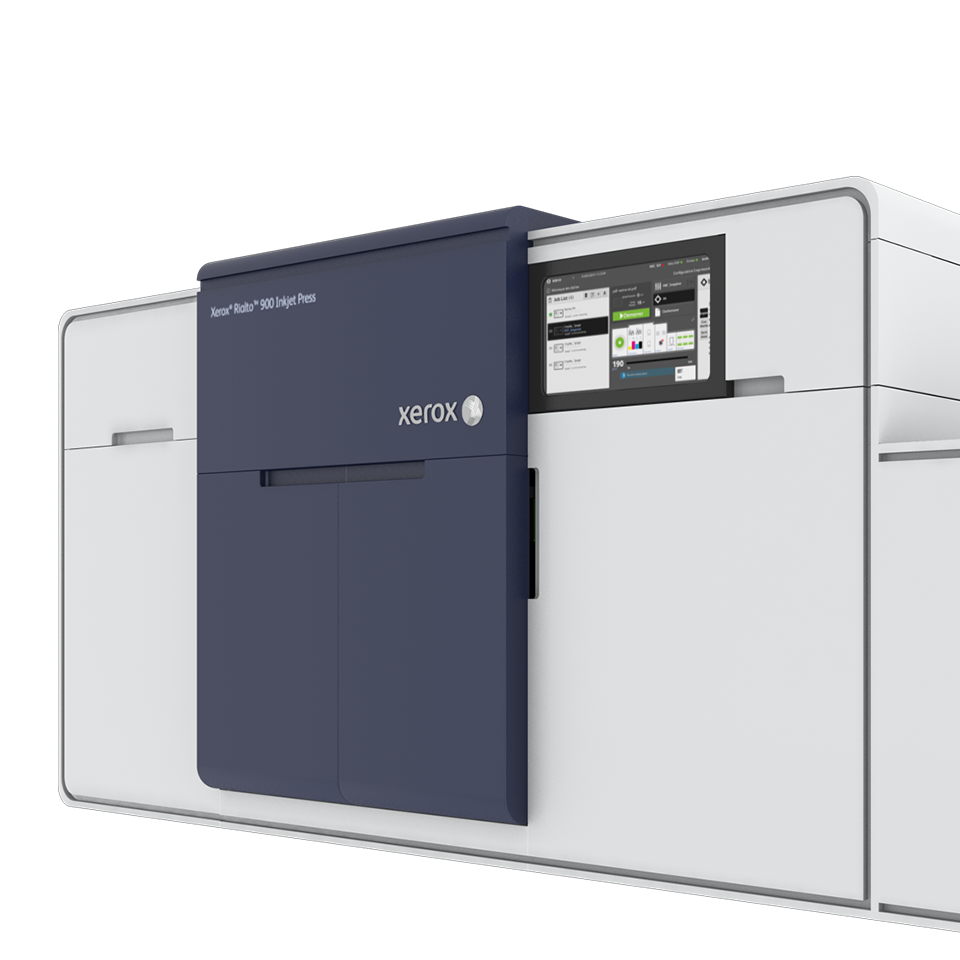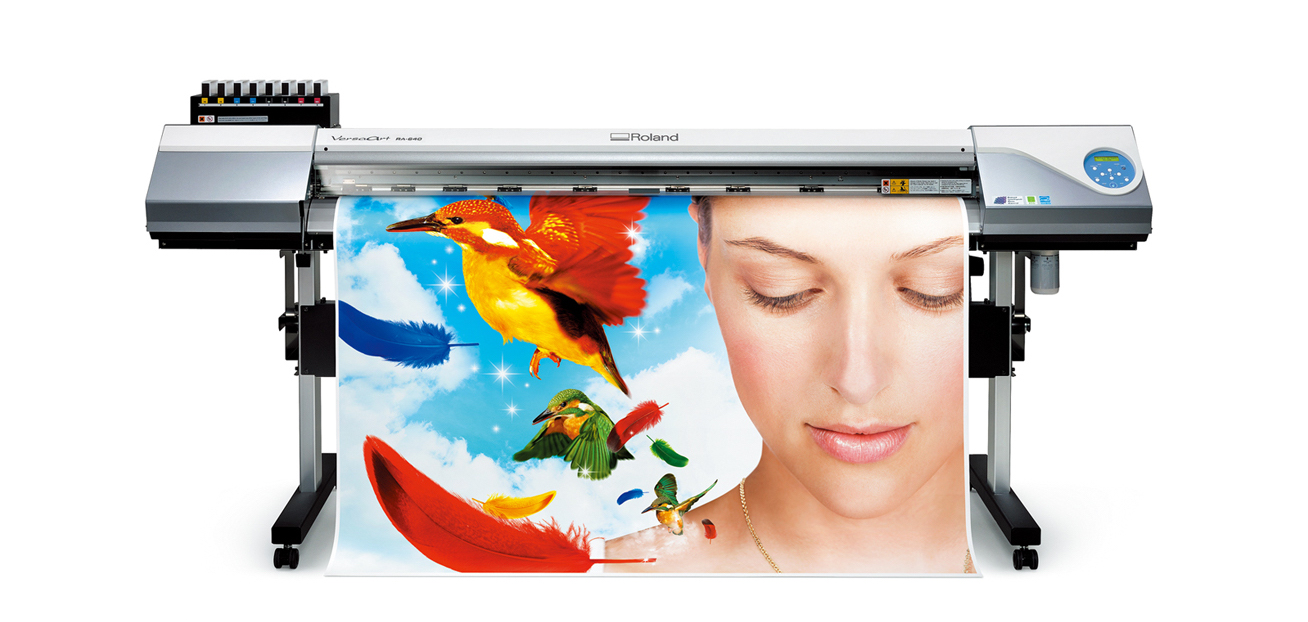There are many different ways to print self-adhesive stickers and labels. This guide gives an overview of the most used methods, so if you want to learn more about how custom stickers & labels get printed, keep reading.
Digital or traditional
The industry splits printers (aka presses) into two main categories; digital and traditional.
Digital printers use print-heads to apply multiple coloured inks, or toners, to a substrate (printable media) in one go. These presses usually print CMYK (cyan, yellow, magenta & black), but sometimes this is increased to include white, orange, violet, green and others, so it's possible to print more colours.
Traditional printers tend to use printing plates or screens to apply a single colour at a time. They are extremely fast to print but also expensive to set up compared to digital because of the overhead to make a plate or screen.
Singles, sheets or rolls
Stickers & labels get printed onto sheets or long rolls (known as a web). Depending on the type of label sold will depend on the type of printer needed.
Here's an example of an industrial, narrow web, roll-to-roll printer:

And this is what a sheetfed press looks like:

You can also get wide-format roll-to-roll printers, that are typically for printing vehicle wraps:

Different types of digital printing
Here are some of the most used digital print methods:
- Inkjet. Very popular, especially in wide format printing. Ink can be solvent or water-based or cured by UV.
- Dry toner. Used by companies like Xeikon, they print with dry powers & cure them rapidly using UV light.
- Digital offset. Using a unique 'ElectroInk' formation developed by HP, the ink gets applied to a rubber blanket before being applied to the media, giving the ink time to wet out, resulting in an excellent result.
- Thermal transfer. Ink gets printed on media through heat & pressure. A roll of ink on a PET carrier, usually made from a wax & resin mix, is melted by a print head, so the ink gets transferred to the media creating an image.
Different types of traditional printing
Here are some of the most widely used traditional printing methods:
- Offset. A plate gets chemically treated, so ink only sticks to the desired areas. The 'image' gets transferred to a blanket then applied to the vinyl or paper media. This process gets repeated for all colours.
- Screen printing. Ink gets transferred onto a substrate by being pushed through a mesh using a rubber squeegee. The mesh has a blocking stencil, so the ink gets transferred in the desired shape.
- Flexo. A flexible plate, wrapped around a roller, applies the ink directly to the plastic or paper media. Modern printers are super-fast, printing up to 750m per minute.


Comments
0 comments
Please sign in to leave a comment.